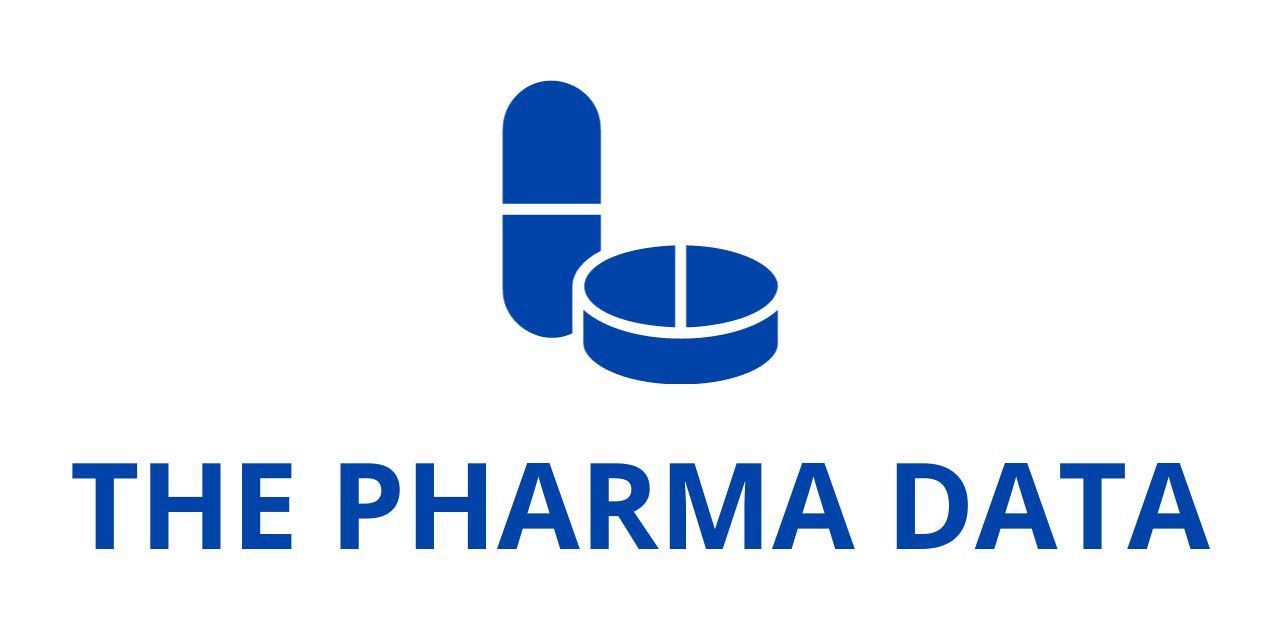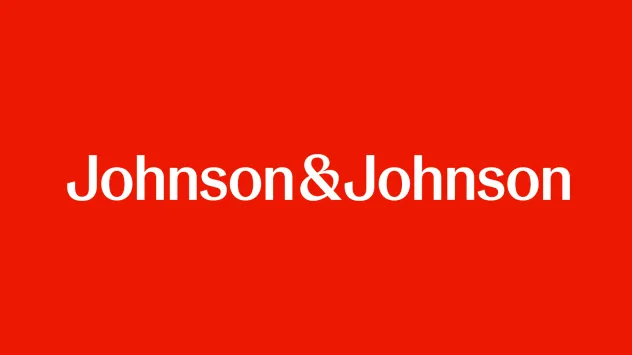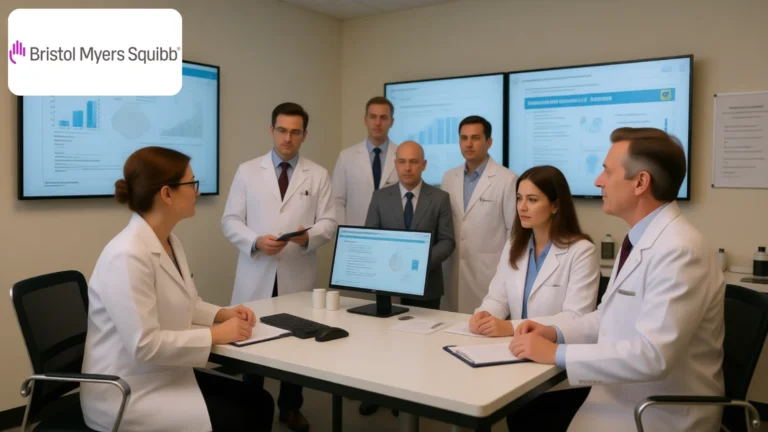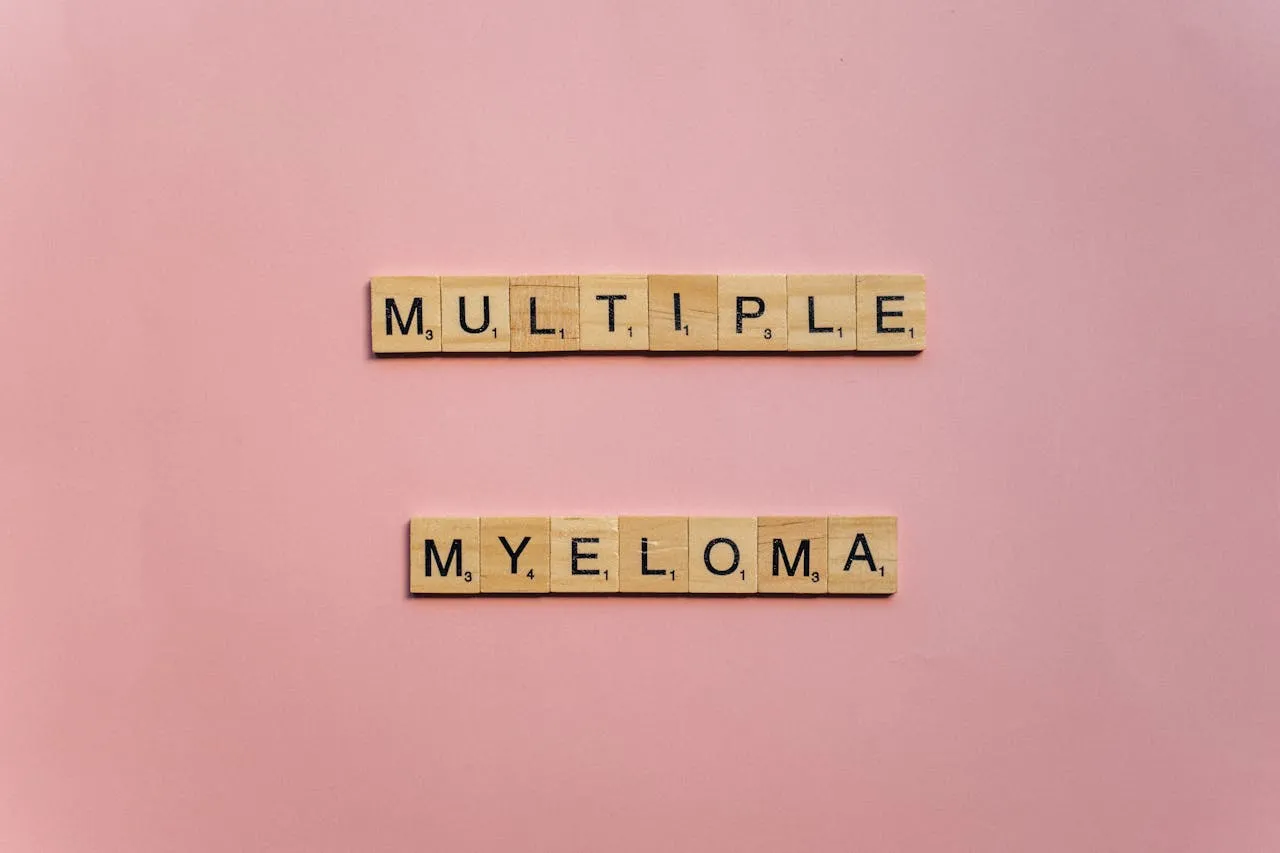
Exicure Approaches Phase 2 Completion for GPC-100 in Multiple Myeloma Treatment
Exicure, Inc. (Nasdaq: XCUR), a clinical-stage biotechnology company advancing novel small molecule therapeutics for immuno-oncology and hematological malignancies, announced a significant milestone today in its ongoing Phase 2 clinical trial evaluating GPC-100 (burixafor), a first-in-class CXCR4 inhibitor. The company’s subsidiary, GPCR Therapeutics USA, has successfully dosed the 19th patient in the study, which aims to assess the safety and efficacy of GPC-100 in combination with propranolol and granulocyte-colony stimulating factor (G-CSF) for stem cell mobilization in patients with multiple myeloma (MM) undergoing autologous stem cell transplant (ASCT).
The Phase 2 study, registered under ClinicalTrials.gov identifier is a multi-center, open-label clinical trial designed to evaluate whether the combination of GPC-100 and propranolol, a non-selective beta-adrenergic receptor blocker, can enhance the mobilization of hematopoietic stem cells (HSCs) in patients receiving G-CSF, the current standard agent for stem cell mobilization.
This announcement underscores the growing momentum behind Exicure’s GPC-100 development program and reinforces the compound’s potential to fill an unmet need in the autologous transplant setting—especially for multiple myeloma patients who may exhibit suboptimal responses to conventional mobilization regimens or require alternative therapeutic strategies.
A Closer Look at the Clinical Trial
The study is being conducted at multiple academic and clinical institutions across the United States, targeting adult patients with relapsed or newly diagnosed multiple myeloma who are eligible for high-dose chemotherapy followed by ASCT. The central objective of the trial is to determine whether GPC-100, in conjunction with propranolol and G-CSF, can reliably and efficiently mobilize CD34+ hematopoietic stem cells into peripheral blood for successful apheresis and transplantation.
According to data presented at the 2024 American Society of Hematology (ASH) Annual Meeting, interim results from the first 10 patients enrolled in the trial were highly encouraging. In this interim analysis, all patients met the primary endpoint of achieving the minimum threshold of CD34+ stem cells required for transplantation, a benchmark that highlights the clinical utility of the investigational regimen. Importantly, this success included patients who had previously received daratumumab—a CD38-targeting monoclonal antibody that has been associated with poor mobilization outcomes in some cases due to its myelosuppressive effects.
The use of GPC-100 in this trial is further differentiated by its favorable pharmacokinetic profile and rapid onset of action. Unlike currently approved CXCR4 inhibitors such as plerixafor (Mozobil®) and motixafortide (Aphexda™), both of which require pre-treatment the evening before stem cell collection, GPC-100 supports same-day mobilization and leukapheresis. This faster kinetic profile presents a potential advantage in clinical practice by reducing logistical burdens and improving the patient experience through fewer hospital visits and shorter mobilization timelines.
Mechanistic Rationale for Combination Therapy
The combination of GPC-100 with propranolol and G-CSF reflects an innovative approach to stem cell mobilization based on targeting both chemokine and adrenergic signaling pathways. GPC-100 is a potent and selective small molecule inhibitor of the CXCR4 receptor, which plays a critical role in retaining hematopoietic stem cells within the bone marrow niche. By disrupting the interaction between CXCR4 and its ligand, stromal-derived factor-1 (SDF-1), GPC-100 facilitates the release of stem cells into peripheral circulation.
Propranolol, on the other hand, has been observed to modulate the sympathetic nervous system’s influence on the bone marrow microenvironment. There is emerging preclinical evidence that beta-adrenergic signaling can affect stem cell trafficking, and the addition of propranolol may potentiate the effects of GPC-100 by reducing SDF-1 expression or modifying CXCR4 receptor activity.
When used alongside G-CSF, which induces stem cell egress by expanding the myeloid compartment and disrupting the marrow niche, the triplet regimen is hypothesized to yield synergistic effects, enhancing both the quantity and quality of mobilized stem cells.
Consistent Engraftment Kinetics and Safety Profile
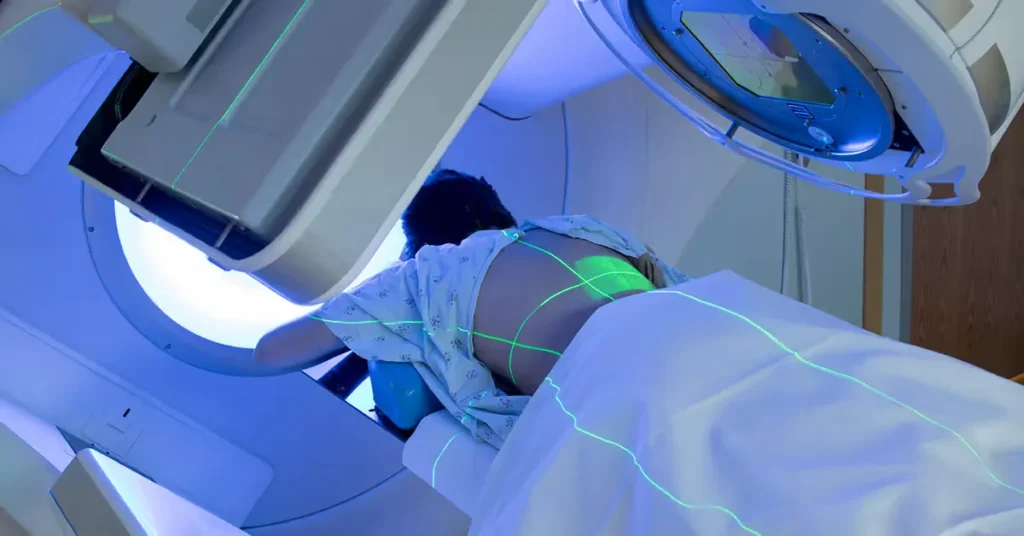
In addition to robust mobilization, investigators also monitored key secondary endpoints such as time to neutrophil and platelet engraftment post-transplantation. In the interim cohort, median engraftment times were 11 days for neutrophils and 14 days for platelets—closely aligning with historical data from standard mobilization regimens and indicating that stem cells collected with the GPC-100 regimen were functionally competent.
No new safety signals have been reported in the trial thus far. The investigational combination was generally well tolerated, and the adverse events observed were consistent with those expected in patients receiving G-CSF-based mobilization and autologous transplant conditioning. These findings support the continued enrollment and advancement of the trial toward its target of approximately 30 participants.
Competitive Landscape and Unmet Needs
Autologous stem cell transplantation remains a cornerstone of therapy for eligible patients with multiple myeloma, despite the advent of numerous novel agents and immunotherapies. However, effective and predictable stem cell mobilization continues to be a clinical challenge, especially in patients who are heavily pretreated or Exicure have bone marrow suppression from prior therapies. Currently approved mobilization agents include G-CSF alone or in combination with plerixafor, and most recently, motixafortide, which received FDA approval in 2023.
Nevertheless, limitations such as cost, variable response rates, and the requirement for prolonged scheduling have prompted the need for alternative agents that can offer improved efficacy, convenience, and patient outcomes. In this context, GPC-100 could represent a best-in-class alternative or complement to existing agents, with a profile tailored to real-world transplant logistics.
Corporate and Development Outlook
For Exicure, the progress of the GPC-100 program represents a critical step in its strategic transformation into a clinical-stage company with a focus on high-value, GPCR-targeting therapies. The company’s collaboration with GPCR Therapeutics, which Exicure includes a broader pipeline of small molecule modulators, positions Exicure to explore additional indications for GPC-100 beyond multiple myeloma, including other hematologic malignancies and possibly solid tumors.
“The dosing of the 19th patient marks an important milestone for our team, and we are encouraged by the consistency of the data we’ve seen to date,” said a spokesperson from Exicure. “With all evaluable patients achieving the primary endpoint thus far, we are Exicure optimistic about the potential for GPC-100 to emerge Exicure as a next-generation mobilization agent for patients in need of efficient, flexible, and effective transplant preparation.”
As the Phase 2 trial continues, Exicure plans to complete enrollment and share further data updates, including full safety and efficacy analyses, in late 2025 or early 2026. If results remain consistent with early findings, the company is expected to pursue further development through pivotal studies that could eventually support a regulatory submission to the U.S. Food and Drug Administration.
In the evolving landscape of hematologic oncology, where the demand for personalized and patient-friendly therapeutic options is growing, GPC-100’s differentiated mechanism and promising early data suggest it may become a meaningful addition to the clinician’s toolkit for transplant-eligible multiple myeloma patients.
